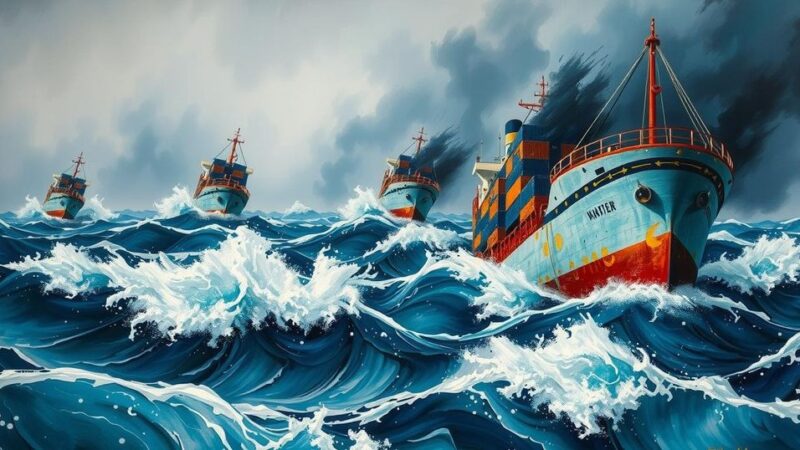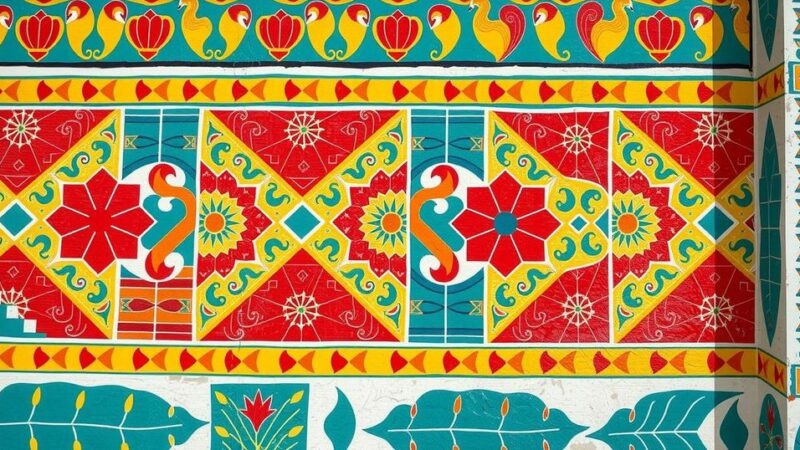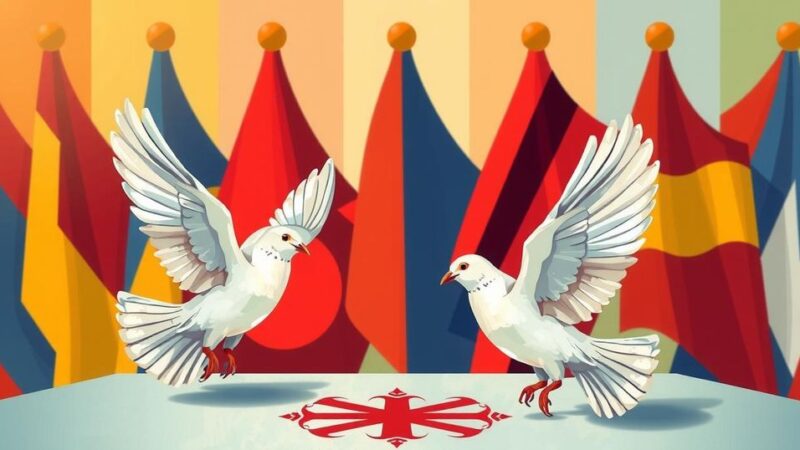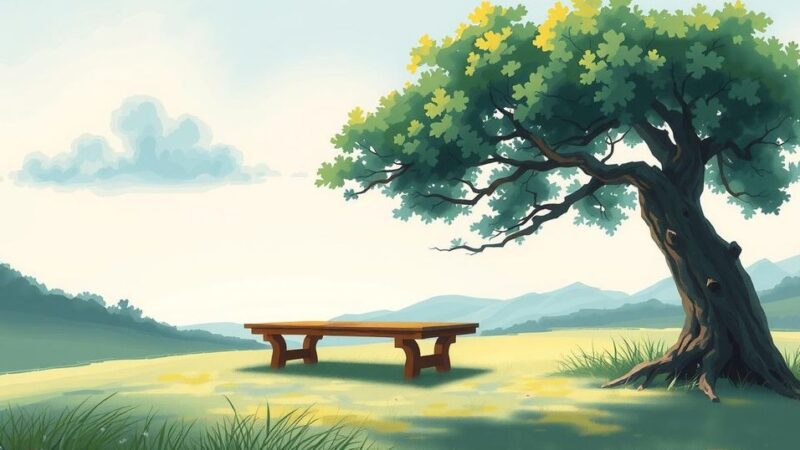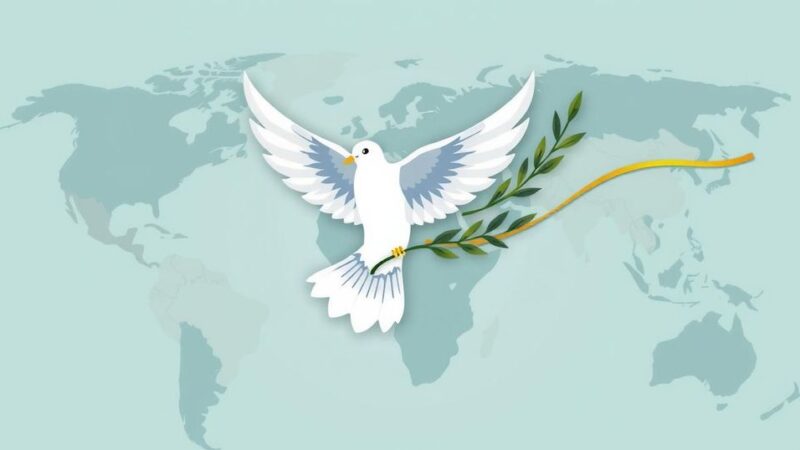The DRC and Rwanda are on the brink of war following M23 rebels’ capture of Goma, highlighting longstanding tensions over mineral wealth and historical grievances from the Rwandan genocide. Calls for international intervention intensify as the humanitarian crisis deepens with millions displaced due to ongoing violence. A ceasefire is in place, but experts emphasize a comprehensive solution is necessary to address the conflict’s root causes.
The escalating conflict between the Democratic Republic of the Congo (DRC) and Rwanda is intensifying, with the Rwandan-backed M23 rebel group recently capturing Goma. This assault not only resulted in numerous casualties but also fueled concerns of a broader war in a region plagued by decades of violence. International calls for Rwandan forces to withdraw have emerged, as South African forces face direct threats amid this turmoil.
Pierre Haski outlined two crucial factors behind the unrest: the battle for rare minerals and the lingering impact of the 1994 Rwandan genocide. Rwanda accuses Hutu extremists of hiding in eastern Congo; conversely, the DRC asserts that Rwanda exploits the conflict to access valuable resources through the M23 group.
Sanny Ntayombya criticized Western narratives that overlook the DRC’s internal challenges, including President Félix Tshisekedi’s prior rejection of a peace negotiation offered by M23. This choice for aggression led to significant setbacks for DRC forces and raised questions about Tshisekedi’s leadership amid corruption scandals.
As reported by The Economist, the ongoing violence has resulted in massive displacements, with an alarming 8 million people forced from their homes. Armed groups perpetrate widespread acts of violence with little consequence, exacerbating the humanitarian crisis in the region.
Rwanda’s territorial ambitions have sparked fears of further expansion, transforming the country’s image from a stabilizing force to a potential aggressor under Paul Kagame’s leadership. Recently, a ceasefire between M23 and DRC was declared, yet observers note a pressing need for a comprehensive resolution addressing the fundamental issues fueling the conflict.
The DRC and Rwanda have a long history of conflict, notably stemming from the aftermath of the Rwandan genocide in 1994 and the scramble for valuable minerals like coltan and cobalt. The M23 group, comprising mainly Tutsi fighters, has risen as a significant threat to DRC’s sovereignty, prompting accusations of Rwandan support. International reactions to this crisis vary, with numerous stakeholders pushing for peace yet grappling with the complex realities of the region’s history and ongoing strife.
The situation between the DRC and Rwanda remains dire, with violence from M23 destabilizing the region and triggering international concern. Calls for Rwandan withdrawal and the need for accountability within the DRC government are critical. A lasting peace solution must confront both the historical grievances and current power struggles over natural resources to effectively address the root causes of this conflict.
Original Source: theweek.com
